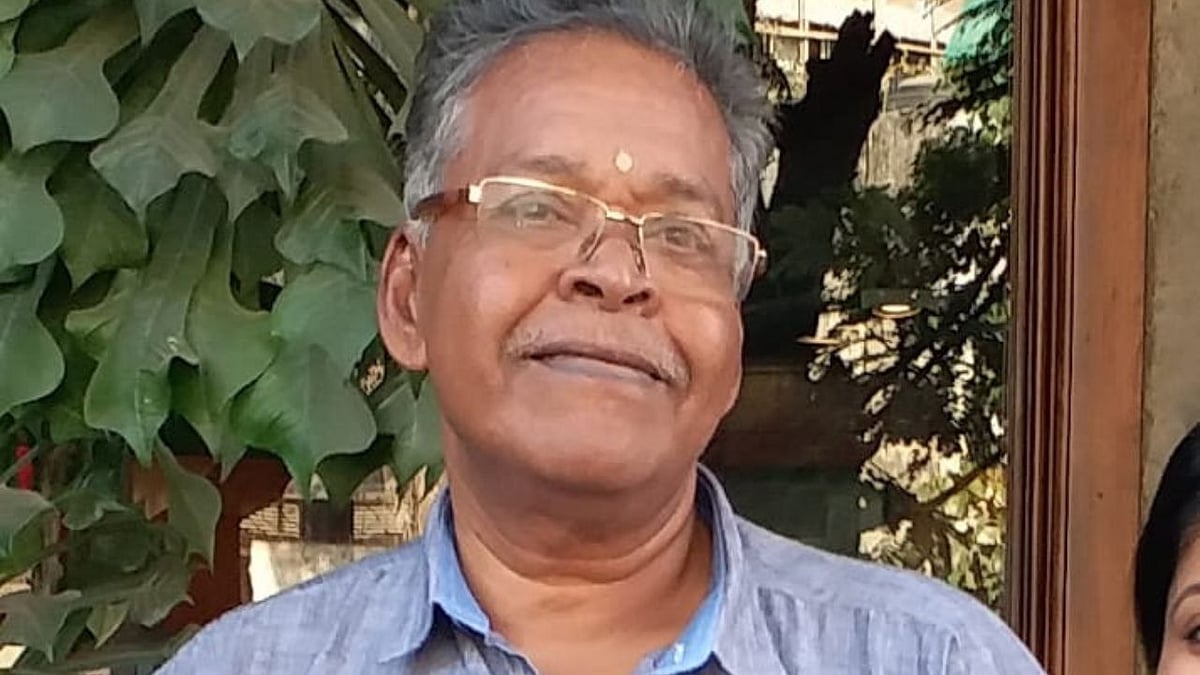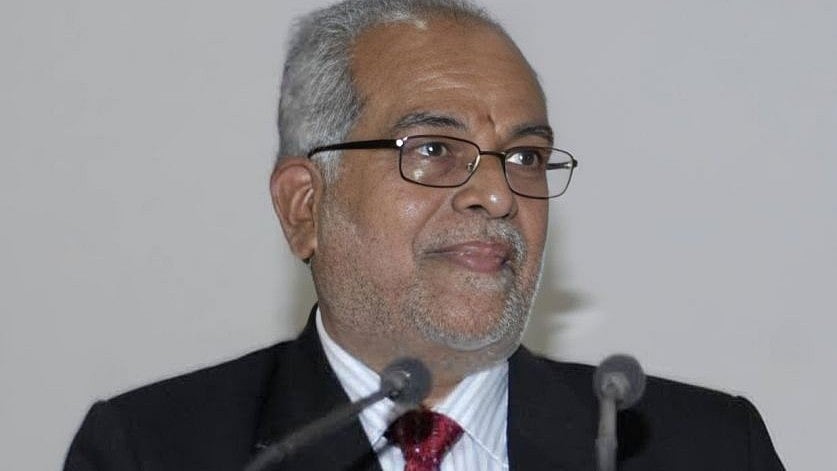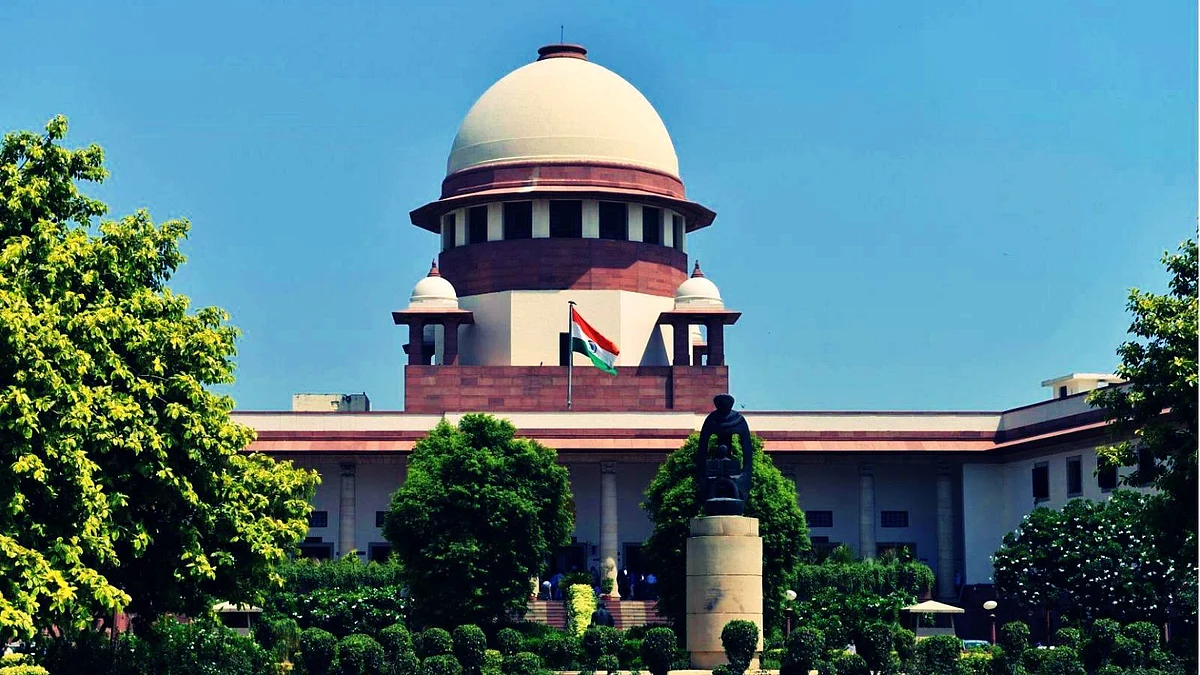Last week, French Scientist Étienne Klein posted a photograph on Twitter that made most gasp in awe and wonder. It was a picture, claimed the scientist, of our closest neighbour – the star Proxima Centauri. And it was in glorious detail – gorgeous flaming red with sparks of orange flame. With the instant translation option available, the world at large understood what was being said, and the tweet went viral. What added to the credibility of the image was Etienne Klein’s own standing – he is the Director of Research the French Alternate Energies and Atomic Energy Commission – a publicly funded agency which is a leader in research.
A few days after the picture went viral, Klein revealed that this was not actually glorious images of the Proxima Centauri. Rather, it was close up images of his lunch. More specifically, that of a type of sausage known as Chorizo. He said it was a ‘scientist’s joke’, and warned “Well, when it's time for the aperitif, cognitive biases seem to have a field day… Beware, then, of them. According to contemporary cosmology, no object belonging to Spanish charcuterie exists anywhere but on Earth.” And then, to rub it in to all who fell for the best prank of this decade, he gently chided them, “In view of some comments, I feel compelled to clarify that this tweet showing an alleged snapshot of Proxima Centauri was a form of amusement. Let us learn to be wary of arguments from authority as much as of the spontaneous eloquence of certain images….”. The contender for the best piece of mass trolling on the internet, has raised more than a few red flags on mass gullibility, and the tendency to fall for pranks like this.
There were a few factors that enabled this hoax to be believed. The first was the fact that Klein was someone of repute in the scientific establishment. Therefore, what he said was taken as truth. The second is no one else, be it the media or any other scientist questioned the statement – there is so much scientific research going on, that most had no reason to disbelieve this post. And the third is that images from the James Webb Space Telescope is in the news, with millions of people searching actively for the new, to share it on their own timelines. A combination of the three made more people in the world believe that a cross section of a piece of sausage was indeed a star 4.2 light years from us.
This example gives us a glimpse on how fake news spreads across the internet. At the core of this spread are two factors. The first is the sender and their credibility. In each of the WhatsApp groups that you belong to, there will be a person who has some level of credibility within the group who puts out messages. Many of these may be true, while some of them would be fake. And we tend to believe the fake with the true.
And the second is our own internal propensity to believe a piece of ‘news’. Be it the story of the sausage masquerading as a star, or a cure for cancer – many want to believe this news to be true. Even when we look at news around the atrocities committed by terror groups or invaders in the past – we share them not because we believe them to be fake – but because we are convinced it is true. It is good intentions that drives fake news, even though the news itself is often planted by those with malicious intentions.
The other thing to keep in mind is the sheer nature of information overload most of us combat daily. There is a lot of information out there, and a lot more added every second. Often it seems like we are not only being chased by information, but also assaulted by it. Often because of this overload and assault, our ability to discern right from wrong, true from fake, is at an all time low. Our cognitive abilities no longer stand us in good stead to discern fake and truth.
The second major problem is that in a global village, where the village idiot is considered as relevant as the formally trained expert – often rhetoric gets the better of logic. Most scientists, indeed, most experts, are trained to speak in ‘probabilities and possibilities’, whereas most charlatans can state their lies with absolute confidence. In a world looking for easy answers, and definite solutions – the con has an advantage, over the truth. In fact, a study in 2018 found that “falsehood diffuses significantly farther, faster, deeper, and more broadly than the truth, in all categories of information, and in many cases by an order of magnitude”. Furthermore, when news channels announce these charlatans as experts, there is an added layer of respectability added to the lies.
And finally, there is the media itself. Chasing eyeballs, they report jokes and flare ups, and personal posts from social media – and pass it off as news. They clog our bandwidth, carry public relations as news, and translate popular opinion as verified fact. In an ideal world, journalists will be verifying what people in authority are saying – be those scientists or politicians. But the economics of news do not allow for editorial discernment.
Caught between these three forces, the truth is squeezed, distorted and beaten out of shape. And by the time it makes a slight recovery, fake manages to run around the world many times – gaining more and more credence as it moves from phone to phone, post to post. With news swallowing and regurgitating whatever it finds online, it remains up to factchecking groups, interested parties, and ordinary news consumers to verify, check, and fight the battle for the truth. Else a lot more people will be looking for universes hidden within extreme closeups of cross-sections of food.
The writer works at the intersection of digital content, technology, and audiences. She is a writer, columnist, visiting faculty, and filmmaker. She tweets at @calamur








.jpg)

